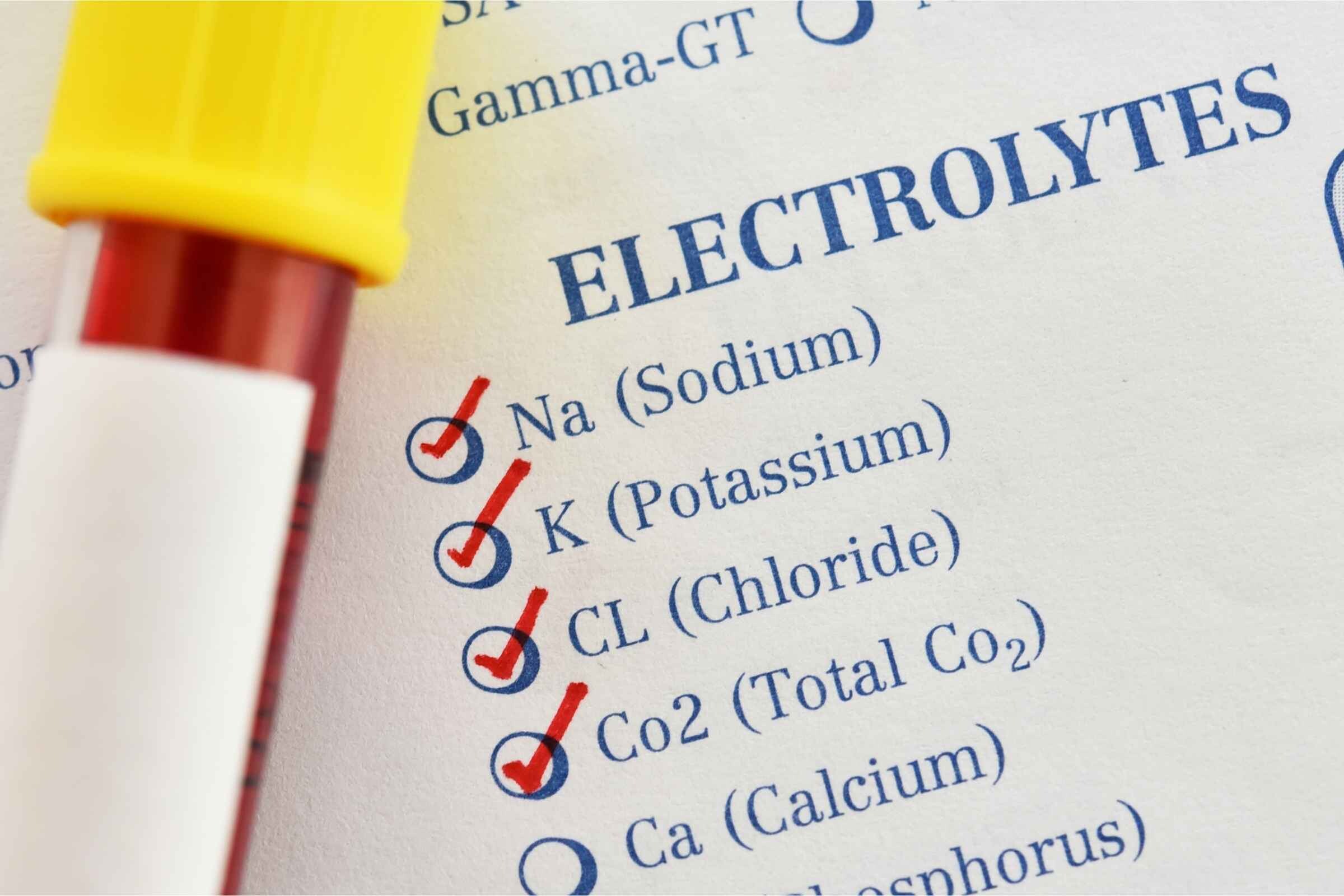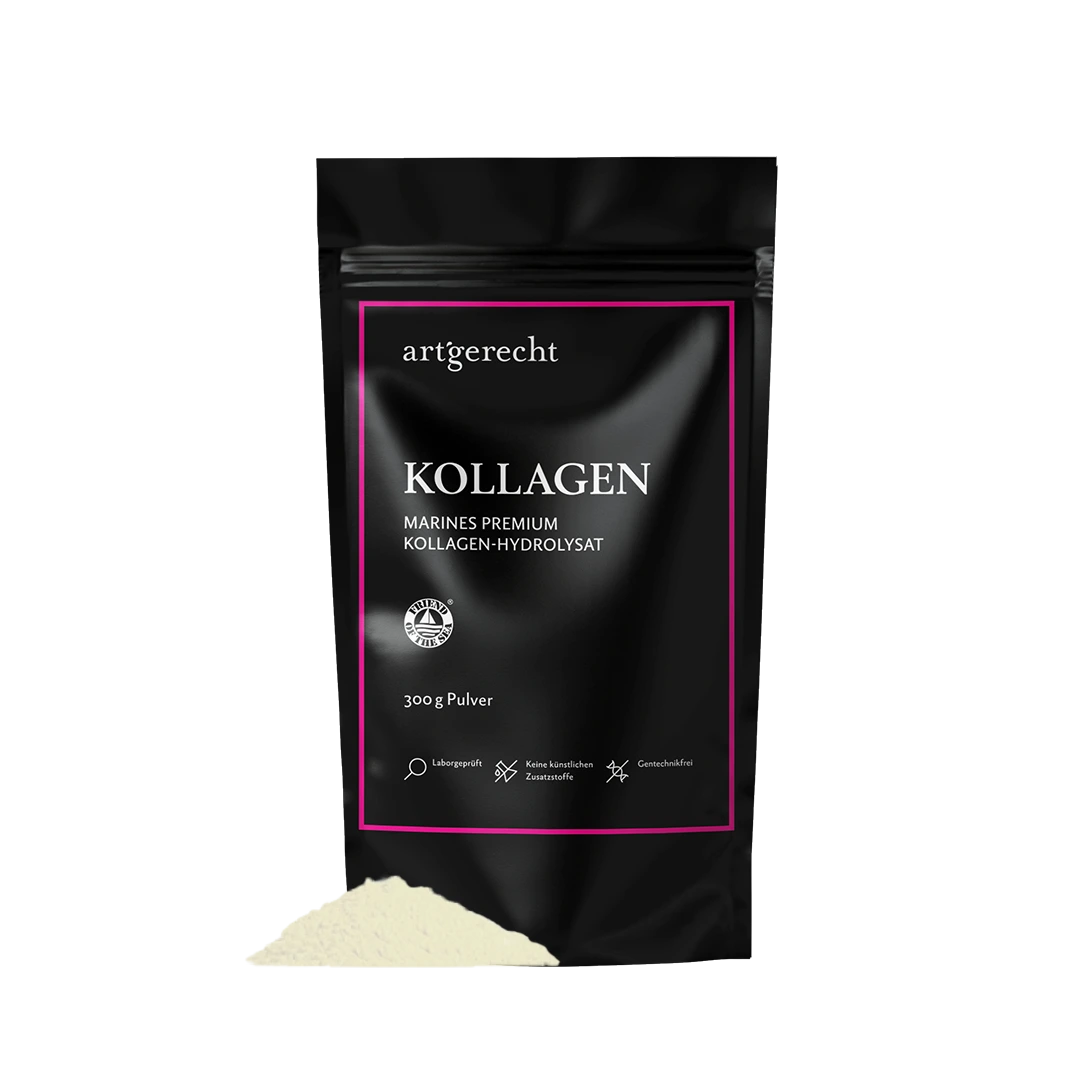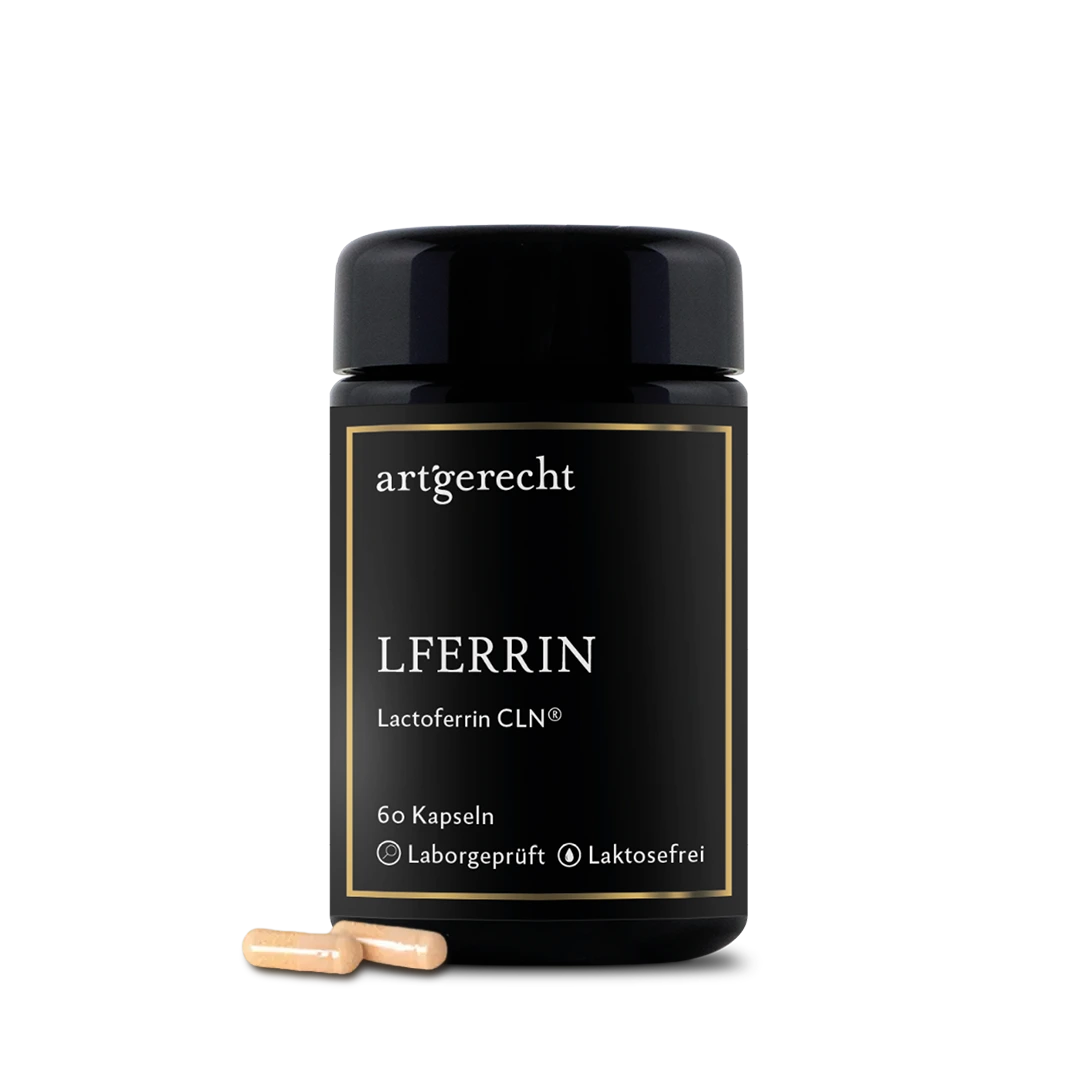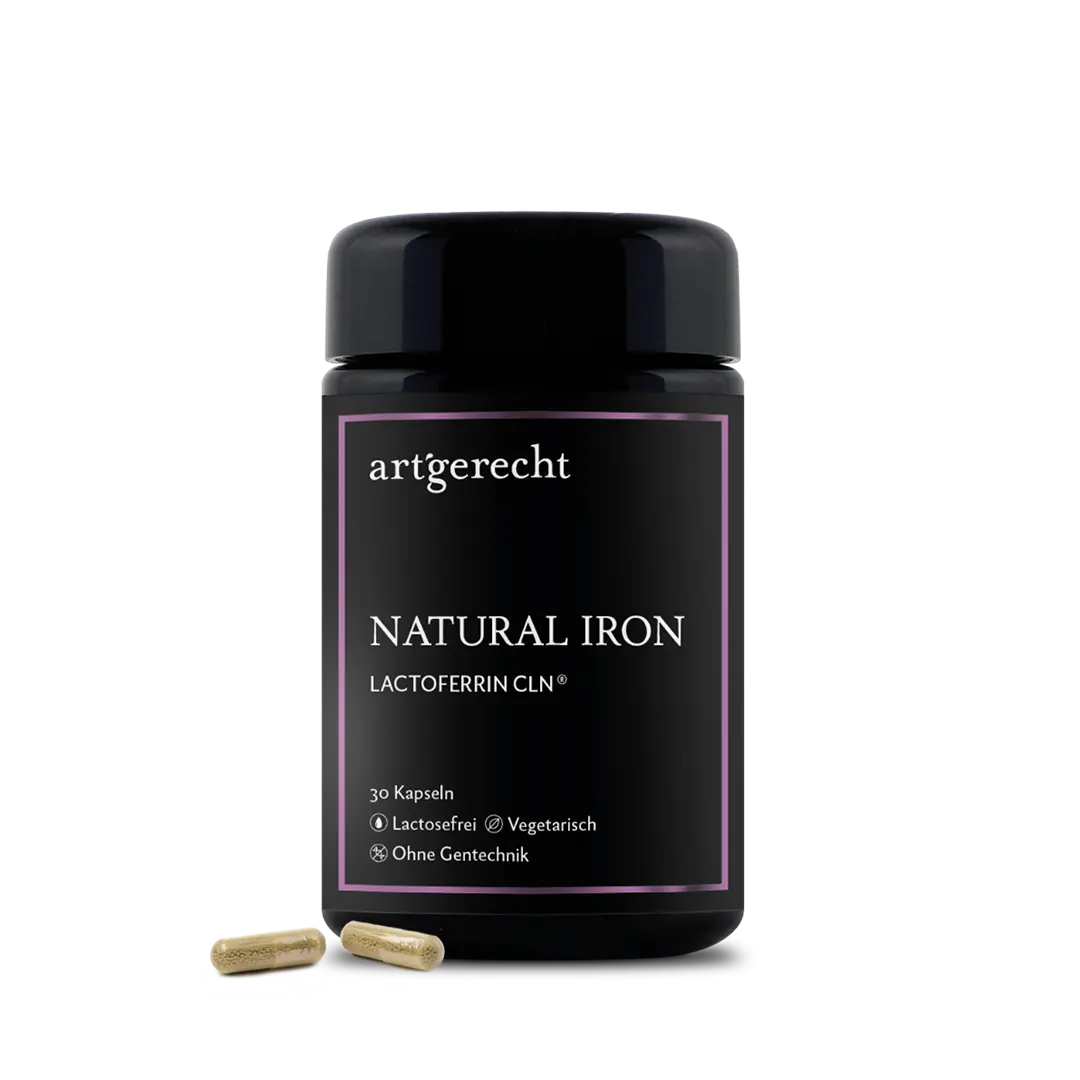Admittedly, we all have mood swings and occasionally some air escapes. This is usually accepted and rarely questioned. However, persistent flatulence is often a sign that we should pay a little more attention to our digestion - especially if the flatulence smells unpleasant. In this article, you can find out what causes this and how you can support your digestion.
What are bloomers?
Bloating gases are gases produced by our intestinal bacteria. The composition of the gases depends on the composition of our ingested food and our intestinal flora. If the gases escape via their natural valve, this is known colloquially as a fart and medically as flatulence or intestinal wind. There are two characteristics to distinguish the composition of the gases: the smelly and the non-stinky intestinal winds.
- Non-stinky intestinal winds indicate disturbances in carbohydrate digestion. They can occur with a high consumption of simple sugars such as household sugar.
- The stinky intestinal winds have a higher sulphur content, which is why they are often reminiscent of rotten eggs. Eggs in particular have a high protein content, which is the reason for the foul odor. The smallest components of egg white, the amino acids, sometimes contain sulphur compounds, which are released by the breakdown of intestinal bacteria and converted into different gases depending on their composition.
What do stinking intestinal winds point to?
Stinking intestinal winds indicate problems with protein digestion or the microbiome. The stomach and pancreas are of crucial importance for protein digestion. For example, regular, smelly bloating can indicate a lack of performance of the stomach and pancreas. If the breakdown of proteins into amino acids by the enzymes pepsin (from the stomach) and trypsin (from the pancreas) is inadequate, more proteins remain in the chyme and cannot be absorbed. These are then further broken down by the intestinal flora in the small and large intestine, resulting in hydrogen sulphide (rotten eggs) and ammonia (foul odor), among other things. In addition, the bacterial decomposition of protein can also produce a substance called cadaverine. This is one of the cadaveric toxins and is responsible for the decomposition odor, among other things.
What to do in case of blooming?
If you have smelly intestinal winds, you don't necessarily have to see a doctor. If bloating occurs so frequently that the quality of life is impaired, a visit to the doctor is advisable. Unfortunately, there is no effective medication that can reduce the smell of stinky bowel movements. Digestive enzymes are a natural remedy, as they help to digest the food components as completely as possible. They are used, among other things, when the pancreas is no longer able to produce sufficient enzymes due to a pathological change (Nofal et al., 2018).
What causes stinky intestinal winds?
Problems with protein digestion can arise for various reasons. If there is a functional disorder of the stomach or pancreas, the enzyme production of the protein-splitting enzymes (proteases) may be reduced. An obvious cause in healthy people is often an overly active stress system. This inhibits the production of digestive proteins (Bennett, Evans, Dowsett, & Kellow, 2009). However, alcohol consumption and smoking also have a negative impact on digestion, especially on our pancreatic function. There are also enzyme inhibitors (certain lectins and saponins) in foods that reduce the activity of proteases. These are mainly found in the shells of cereals, legumes (beans, soybeans, peanuts) and potatoes. In addition, beans have a relatively high protein content combined with a high fiber content and a lot of resistant starch, which boosts the activity of our intestinal flora. The saying ""every chicken gives birth to a baby"" is probably confirmed by this statement (Winham & Hutchins, 2011). Ultimately, however, an unusually high consumption of protein can also lead to insufficient enzyme production.
Bloating from food intolerances?
So-called, non-immunologically mediated food intolerances can also be triggers for increased bloating and possibly also smelly intestinal winds. Lactose and fructose intolerances mean that carbohydrates cannot be absorbed and are therefore fermented by the intestinal flora and converted into gases.
Magensäurehemmer
Antiazides, better known as gastric acid blockers or acid blockers, inhibit acid production in the stomach. The problem with this is that the stimulus that triggers the pancreas-stimulating hormones is the highly acidic chyme that flows from the stomach into the duodenum.
The lower the pH value of the chyme, the more intensively the pancreas works (Grossman & Konturek, 1974).
How much protein is healthy? And: Do athletes need more protein?
Our protein requirements change over the course of our lives. For adults aged 18 to 65 years, the requirement is around 0.8 g of protein per kilogram of body weight (kg). Under certain circumstances, such as pregnancy, during breastfeeding, or due to certain lifestyle changes, e.g. as a competitive athlete, the protein requirement may be increased. However, we should not exceed 2.0 g protein/kg body weight. However, if you want to increase your protein intake as an athlete, you should be careful, because protein shakes in combination with smelly intestinal winds are anything but conducive to fitness (Yao, Muir, & Gibson, 2016).
What helps with bloating?
- The quickest and easiest way to support the function of the stomach and pancreas is to take enzymes with every meal (Forsmark, 2018).
- Avoiding alcohol and smoking improves the activity of the stomach and pancreas (Coté et al., 2011).
- Reduce the frequency of meals. This relieves the stomach and pancreas. Intermittent and intermittent fasting are particularly helpful here.
- Adapted protein consumption by avoiding protein shakes and low-protein, protein-rich foods ensures adequate digestive performance (Yao et al. a., 2016).
- Fruits such as pineapple and papaya also contain protein-splitting enzymes, which is why they can be combined well with protein-rich foods.
- Kümmel, fennel, bitter substances, turmeric and ginger are tried and tested ways of stimulating digestive activity.
- Reduce stress
- Move more. Exercise helps to get digestion going. Tip: A short digestive walk also makes it possible to get rid of smelly bowel movements without getting into embarrassing situations.
Literature:
Bennett, E., Evans, P., Dowsett, J., & Kellow, J. (2009). Sphincter of Oddi dysfunction: Psychosocial distress correlates with manometric dyskinesia but not stenosis. World Journal of Gastroenterology, 15(48), 6080–6085. https://doi.org/10.3748/wjg.15.6080
Coté, G. A., Yadav, D., Slivka, A., Hawes, R. H., Anderson, M. A., Burton, F. R., … Sherman, S. (2011). Alcohol and Smoking as Risk Factors in an Epidemiology Study of Patients With Chronic Pancreatitis. Clinical Gastroenterology and Hepatology, 9(3), 266–273. https://doi.org/https://doi.org/10.1016/j.cgh.2010.10.015
Forsmark, C. E. (2018). Diagnosis and Management of Exocrine Pancreatic Insufficiency. Current Treatment Options in Gastroenterology, 16(3), 306–315. https://doi.org/10.1007/s11938-018-0186-y
Grossman, M. I., & Konturek, S. J. (1974). Gastric Acid Does Drive Pancreatic Bicarbonate Secretion. Scandinavian Journal of Gastroenterology, 9(3), 299–302. https://doi.org/10.1080/00365521.1974.12096829
Nofal, Y. H., Abu Dail, Y., Assaf, Y., Abo Samra, H., Abbas, F., Hamzeh, A., & Alhaj Hasan, N. (2018). Pancreatic enzyme replacement therapy for steatorrhea in pancreatic cancer. Cochrane Database of Systematic Reviews, 2018(2). https://doi.org/10.1002/14651858.CD012952
Winham, D. M., & Hutchins, A. M. (2011). Perceptions of flatulence from bean consumption among adults in 3 feeding studies. Nutrition Journal, 10(1), 128. https://doi.org/10.1186/1475-2891-10-128
Yao, C. K., Muir, J. G., & Gibson, P. R. (2016). Review article: Insights into colonic protein fermentation, its modulation and potential health implications. Alimentary Pharmacology and Therapeutics, 43(2), 181–196. https://doi.org/10.1111/apt.13456











